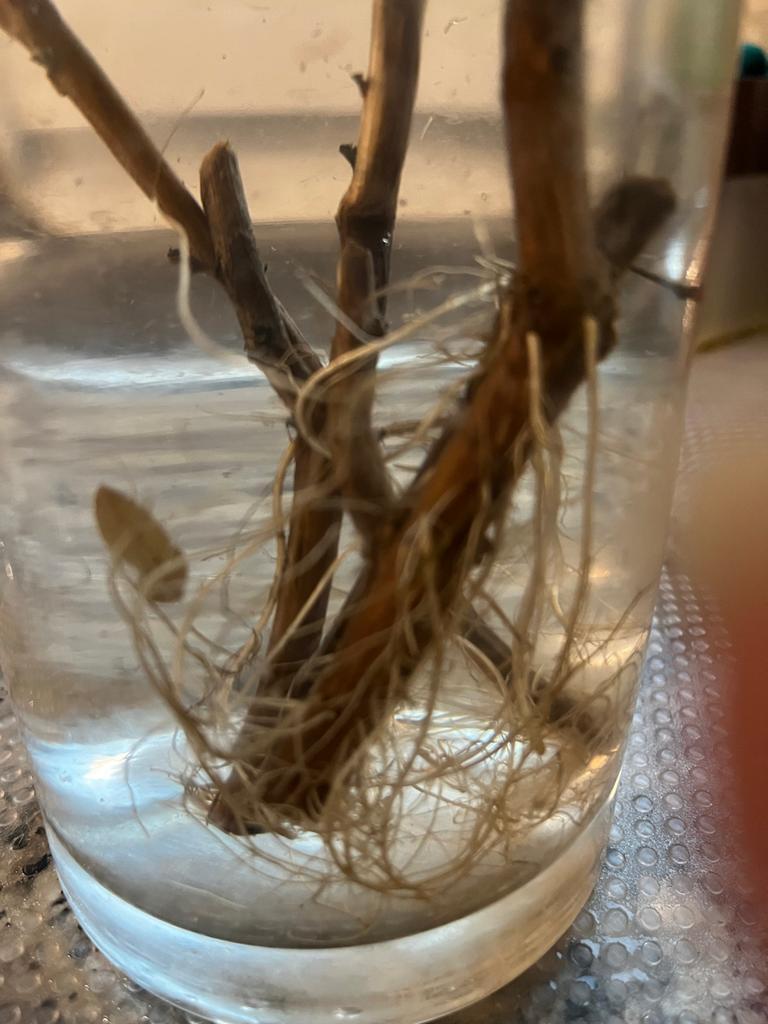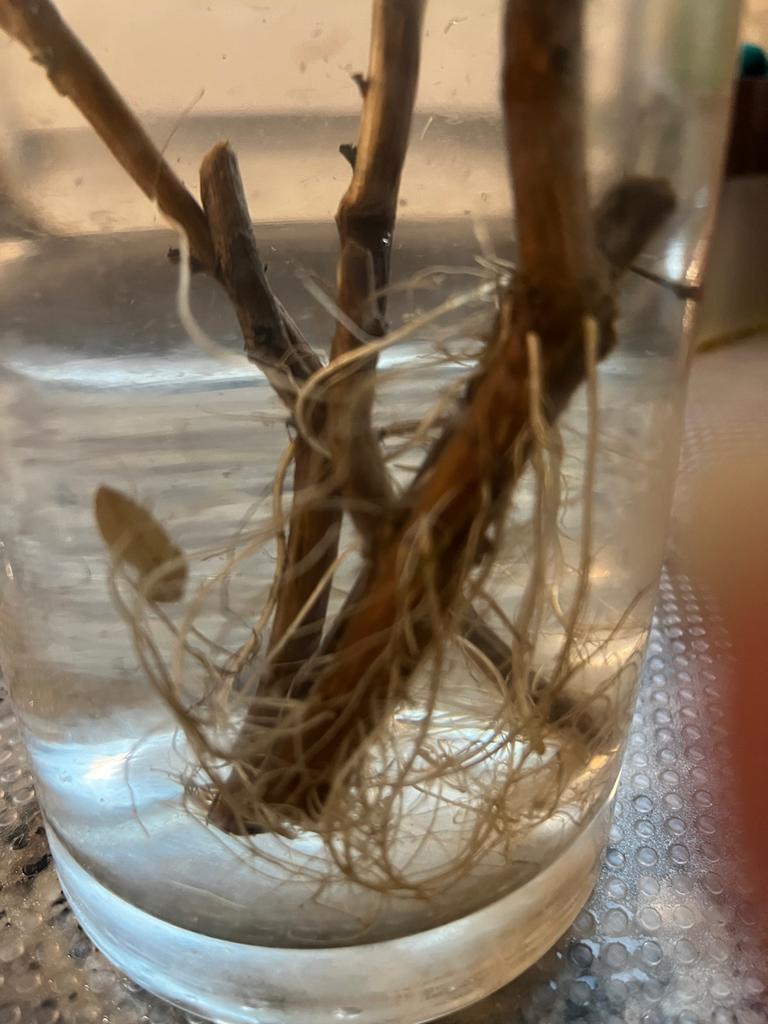Since the season is now beginning, most of us will be propagating our plants. Therefore, it is important for us to get a good understanding of the difference between soil and water roots.
We all know that certain plants can be propagated by cutting and growing roots in the water. But when we transfer them to the soil they often collapse. Why does that happen and how can we successfully transplant the plant growing in water into soil? To figure that out we need to understand the difference between soil and water roots. All plants cannot be propagated in water and may not really thrive even if they develop roots in the water. I have long wondered why the bulk of my cuttings did not survive or did badly after transplanting.
Here is a brief explanation of the differences between soil and water roots. I have also added methods to get a high percentage of survival while transplanting the roots into the soil.
Differences between Soil roots and Water Roots:
There are five major differences between Soil and Water roots –
- Soil roots are thicker because they must reach further down to access food and nutrients. Water roots are thinner and more fragile as they can access water and nutrients efficiently.
- Water roots require less energy and time to grow compared to soil roots.
- Water roots have finer, and more root hair as compared to soil roots as they are submerged in water.
- Water roots have evolved to breathe underwater and therefore can extract oxygen from the water. They have more surface porosity which means more gas can go in and out. Soil Roots do not have this, so they drown when waterlogged.
- Soil Roots are yellowish or pale brown in color mostly because they are in the soil. Water roots are almost white in color.

Now comes the part on why so many of our cuttings rooted in water do not survive. Unless the plant is growing in hydroponic or aeroponic systems cuttings rooted in water do not flourish. This is because the water may not have enough nutrients for it. However. we can get a cutting with water roots to develop soil roots with time. This will ensure that the cutting survives in the soil. Here is how to do that.
Methods of moving a water-rooted plant to soil:
- Add a mix of vermiculite and gravel to the roots of the plant first and gradually continue to reduce water and add some soil to it. Once you start to add the soil, please use a zip lock bag as a humidity zone so that reducing the water does not result in loss of humidity.
- The other way which probably has a slightly greater degree of success is as follows- Once your water roots develop add dampened soil to it gradually. Making the soil damp means it will not float to the surface. I would hold the cutting, add dampened soil to it, cover it with some gravel, and then add water. Reduce the water gradually every two days and give the plant a humidity dome as you reduce the water. Make sure cutting has wet feet. If you do it is a glass jar you will probably be able to see the roots change.
Remember a humidity dome helps the cutting to stay moist and not die and also helps to avoid overwatering.
Enjoy your propagation!







Recent Comments